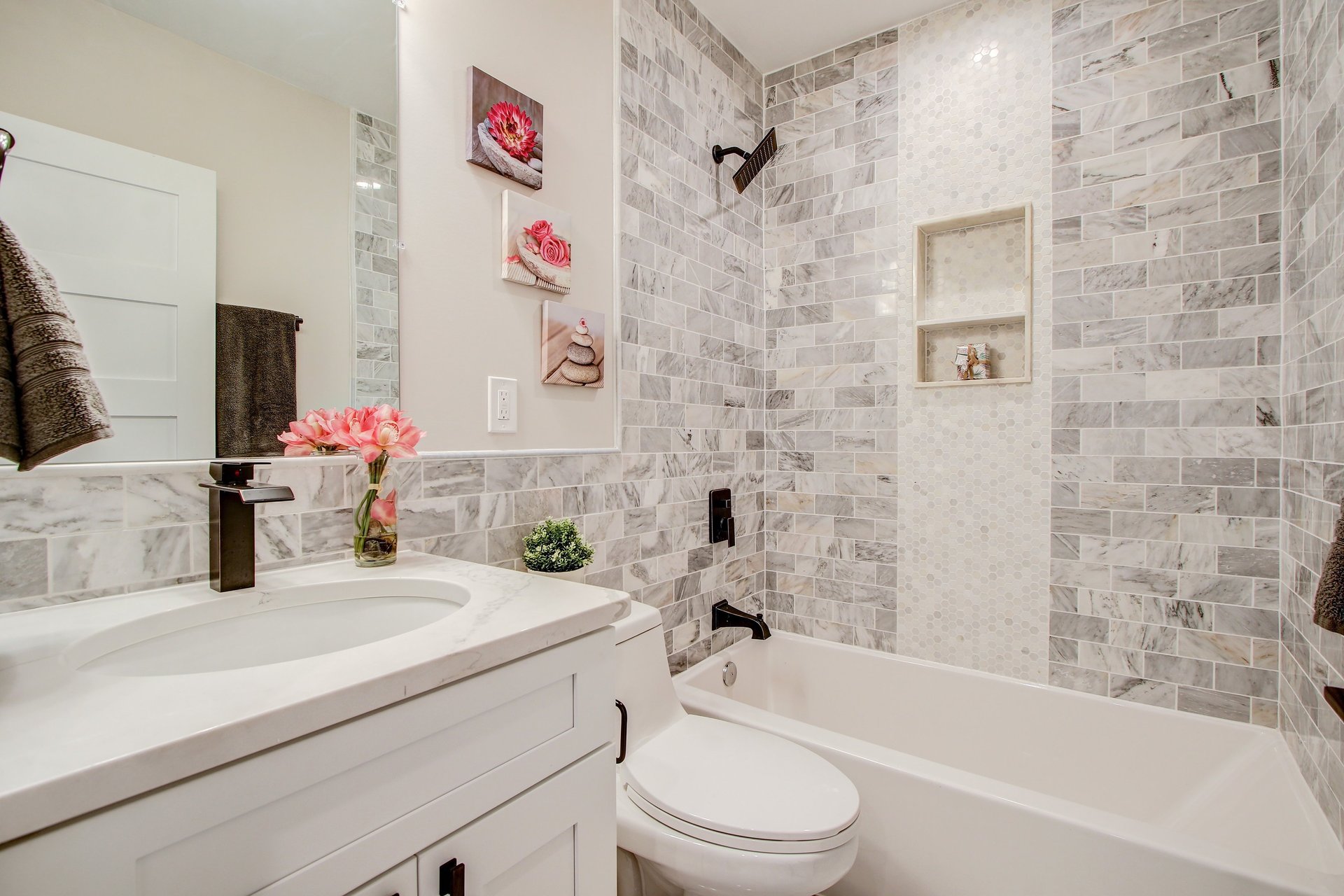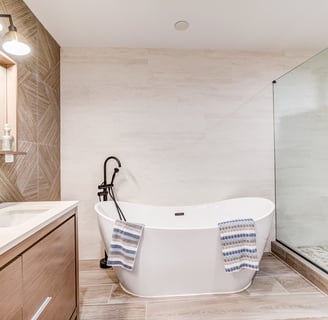
Importance of good waterproofing in bathrooms
3/2/20252 min read


The Importance of Good Waterproofing in Bathrooms
Bathrooms are one of the most moisture-prone areas in any home, making proper waterproofing essential. Without it, water can seep into walls and floors, leading to structural damage, mold growth, and costly repairs. Whether you're building a new bathroom or remodeling an old one, investing in high-quality waterproofing ensures long-term durability, hygiene, and peace of mind.
Why Waterproofing Matters
Prevents Water Damage
Bathrooms are constantly exposed to moisture, and without waterproofing, water can seep into floors and walls, weakening the structure. This can lead to:
Warped wood and rotting subfloors
Cracked or loose tiles
Damage to drywall and ceilings in adjacent rooms
Once water damage sets in, repairs can be expensive and disruptive.
Stops Mold and Mildew Growth
Excess moisture creates an ideal environment for mold and mildew, which can cause respiratory issues and unpleasant odors. Waterproofing ensures that water doesn’t get trapped in hidden areas, keeping your bathroom clean and safe.
Saves Money on Repairs
A small leak can quickly turn into a major issue, requiring extensive repairs. Waterproofing prevents these problems before they start, saving homeowners thousands of dollars in the long run. Investing in high-quality materials now prevents costly water damage later.
Extends Bathroom Lifespan
A well-waterproofed bathroom lasts much longer than one without proper protection. Constant exposure to water can cause tiles to loosen, grout to deteriorate, and wooden elements to rot. Waterproofing protects these materials, reducing maintenance needs and keeping your bathroom looking new for years.
A well-maintained, waterproofed bathroom is a major selling point for potential buyers. Homes with water damage or mold issues are less attractive and can lose value. Proper waterproofing reassures buyers that they won’t face unexpected repairs.
To fully protect your bathroom, make sure the following areas are properly waterproofed:
Shower and bathtub surrounds – The highest risk areas for leaks
Floors and subfloors – To prevent water from seeping to lower levels
Walls behind tiles – Especially in high-splash zones
Sink and vanity areas – Water can accumulate and cause damage over time
Corners and joints – Common weak points for leaks
Waterproofing is one of the most important steps in bathroom construction and renovation. It protects against water damage, mold, and costly repairs while ensuring a longer-lasting and more comfortable space. If you're remodeling your bathroom, don’t overlook waterproofing—it’s an investment that pays off in durability and home value.
